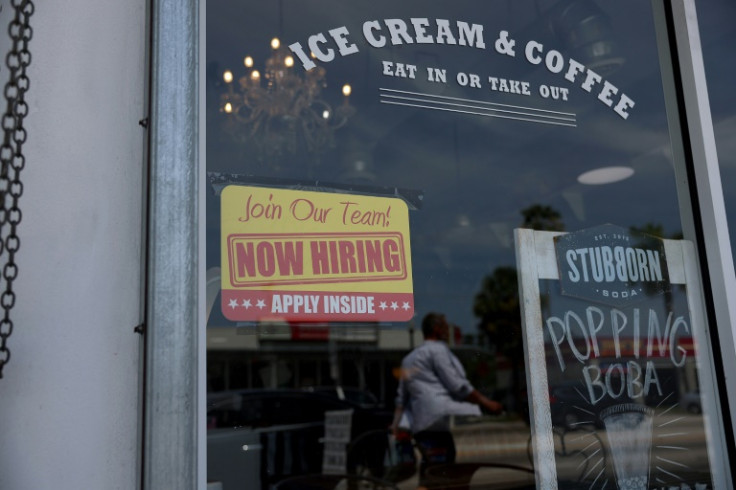Stocks And Bonds Take A Wild Ride On Conflicting Jobs Reports – What Is Next?

U.S. stocks and bonds were in for a wild ride last week following conflicting jobs reports that confused traders and investors over the state of the U.S. labor market.
First is the hot June ADP Employment report. It showed that private businesses in the U.S. added 497,000 jobs in June 2023, led by the services sector added 373,000 jobs. It's the highest number of job gains since February 2022 and well above forecasts of 228,000.
Second is the May 2023 JOLTS report, which monitors the number of unfilled jobs each month. It came at 9.824 million, slightly below market expectations of 9.935 million.
Nonetheless, it remained sharply above pre-pandemic levels, suggesting that the labor market remains tight.
"Last week's JOLTS report shows the U.S. labor market remains resilient," Mike Morini, CEO of WorkForce Software, told International Business Times. "Although overall job openings in the U.S. decreased in May, the decline in job openings was roughly equal to the previous month's increase and demonstrated strong demand for labor."
Morini sees the report demonstrating strong confidence and ability for employees to leave their current jobs. "More than 85% of job changes — 4 million quits versus 1.6 million layoffs or discharges — being initiated voluntarily by employees, " he added. "With continued labor shortages, especially in select industries, employers who can attract and retain employees have a distinct competitive advantage over those unable to fill positions from the supply of available workers."
The labor market's resilience supports expectations for a hawkish Fed, meaning Wall Street is in for higher interest rates for extended periods. Thus, the decline in bond prices, the spike in bond yields above the 4% threshold, and the sharp decline in major market indexes.
Third is the June Nonfarm Payrolls report, which measures the net job creation by the nation's businesses. It showed the creation of 209,000 jobs in the month of June. It's below market expectations of 230,000 and is the smallest monthly increase since December 2020.
"The recently released job number shows that employment in June cooled off after decent performance in the previous months," Young Pham, a financial advisor and investment analyst affiliated with BizReport, told IBT.
The June Nonfarm Payroll report sharply contrasts with the ADP report, which showed a much more substantial gain. Thus, the trader and investors need clarification on the state of the labor market and the wild fluctuations seen in debt and equity markets at the end of the week.
What's next? Market observers see more volatility ahead as the state of the labor market is still open to debate.
Young Pham thinks the slowed job growth reported in the nonfarm report could signal the Fed to ease tightening, but he doesn't count on it.
"From an investor's point of view, I would interpret these data in two ways," he explained.
"First, it's a sign that the economy is faltering as demand falls due to higher rates and higher inflation," he added. "This would suggest that the markets are set to trend lower in the coming weeks as investors process the impact of slowed employment on the economy."
Marc Dizard, CFA, CFP, chief investment strategist at PNC Financial Management Group, sees a hawkish Fed, too. "By either measure, financial markets are digesting that labor markets remain resilient, translating to an expectation that the Federal Reserve (Fed) will increase the Fed Funds rate by another 0.25% in July to help curb inflation again," he said.
David Kass, clinical professor of finance at the University of Maryland's Robert H. Smith of Business, sees the Federal funds rate rising by 1/4% later this month and another 1/4% before the end of the year as reported in the Economic projections of the Federal Reserve Board on June 14.
"The stock market may experience a decline of about 5%-10% over the next few months before continuing its recent uptrend in November and December with the S&P 500 closing the year at 4600-4800," he said.
Still, economist, author and wealth manager Adrian Cronje advises investors to avoid trying to time the market. "Finally, as we always remind our clients, trying to time markets perfectly is always a fool's errand," he told IBT. "Time in the markets is more important than timing the markets."
© Copyright IBTimes 2024. All rights reserved.






















